- Studies of two experimental Huntington’s disease treatments from Wave Life Sciences aren’t enrolling as fast as the company expected, implying that topline data won’t be available until the second half of this year.
- Wave previously forecasted that the Phase 1b/2a clinical trials of WVE-120101 and WVE-120102 would read out before the end of June. However, challenges with the “logistics of screening and scheduling across global sites” have caused an enrollment delay, according to a Wednesday announcement. Wave emphasized that the holdup isn’t related to any safety findings or protocol amendments.
- Analysts called the delay “disappointing,” explaining that it may cause investors to look with a more critical eye at Wave’s ability to run clinical programs. They noted too how the later readout helps affirm the leadership position of Wave’s rivals Roche and Ionis Pharmaceuticals, which are developing a similar therapy for Huntington’s.
Investors reacted negatively to the pushed-back readouts, sending shares of the Singapore-based biotech down nearly 20% between Tuesday’s market close and Wednesday’s.
Wall Street analysts, meanwhile, remained confident in Wave’s potential, though they now expect shareholders to be even hungrier for data that supports the company’s chemistry platform. Like Ionis, Wave uses antisense oligonucleotide technology to make therapies for a range of neurological and rare diseases. Outside of Huntington’s, the company is scheduled to release safety data for its Duchenne muscular dystrophy (DMD) program next week.
Wave’s “ability to reassure investors on execution across the portfolio will be as important as the specifics of the released details on the DMD program,” wrote SVB Leerink analyst Mani Foroohar in an April 10 note.
Additional data from Wave’s DMD program should come toward the end of the year, coinciding with the newly established timeline for its Huntington’s readouts. Foroohar noted the overlap “makes an already binary event even more so,” because the last six months of 2019 will truly test the viability of Wave’s pipeline and business.
Investment bank Stifel said it recently spoke to Wave executives, who explained how the previously anticipated enrollment in the Huntington’s disease studies mirrors a hockey stick — with a steady progression in the beginning and middle and then a ramp up near the end.
Recruitment continued to be steady rather than exponential, however.
Michael Panzara, Wave’s chief medical officer, said his company set “aggressive timelines.”
“While we are disappointed that enrollment is not as fast as we anticipated, we are pleased that patient and physician interest in the trials remains high,” he said in a statement.
SVB Leerink, which has also spoken with Wave management, agreed that screening and administration of Wave’s therapies can be difficult at some testing sites.
Yet Foroohar also argues that “enrollment delays seem incongruous with the high unmet need and patient motivation” seen with Huntington’s, which has no Food and Drug Administration-approved treatments for the underlying cause of the disease.
Analysts questioned whether Roche and Ionis’ experimental Huntington’s therapy — which Stifel says has “generated a ton of buzz in the industry” — may be influencing recruitment in the Wave trials.
Though that could have been true earlier, a Phase 3 study of the rival therapy recently paused enrollment while the companies work on adding in a less frequent dosing option, suggesting the Roche-Ionis study shouldn’t have a major effect on Wave’s enrollment, according to Stifel.















